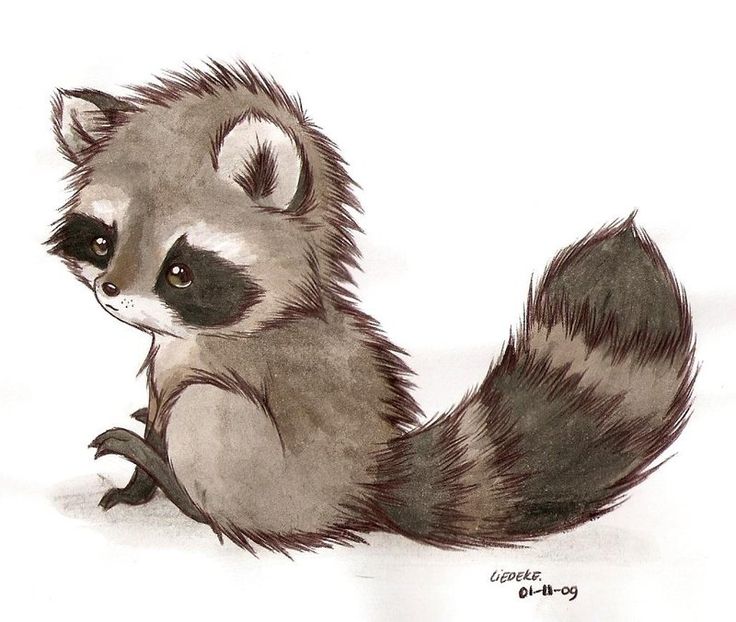
Introduction
Creating cute raccoon drawing sketches can be a fun and relaxing activity for artists of all skill levels. Raccoons are adorable creatures known for their distinctive markings and mischievous nature, making them a popular subject for artists. Whether you are a beginner or an experienced artist, this article will provide you with tips and techniques to create your own cute raccoon drawing sketch.
Gathering Reference Materials
Before you start sketching, it's essential to gather reference materials to help you accurately capture the unique features of raccoons. Look for high-quality photos or videos of raccoons in various poses and angles. These references will help you understand the raccoon's body structure, facial expressions, and fur patterns.

Choosing the Right Tools
Having the right tools is crucial for creating a detailed and realistic raccoon drawing sketch. Start with a set of high-quality pencils in different hardness levels to achieve varying shades of gray. You can also use charcoal pencils for a more dramatic effect. Additionally, gather erasers, blending tools, and a sketchbook or drawing paper.

Sketching the Basic Shapes
Begin your raccoon drawing sketch by lightly sketching the basic shapes that make up its body. Start with an oval shape for the head and add a smaller circle for the snout. Then, draw a larger oval shape for the body and connect them with a curved line for the neck. Outline the limbs using simple lines and circles for the paws.

Adding Details to the Face
The face is a crucial part of capturing the cuteness of a raccoon. Start by adding two almond-shaped eyes, leaving a small white highlight to add depth. Draw a small triangular nose and a smiling mouth. Pay attention to the raccoon's distinct facial markings, such as the dark patches around the eyes and the white fur around the snout.

Defining the Body and Fur
Once you have the basic shapes and facial features in place, it's time to add more detail to the body and fur of the raccoon drawing sketch. Use light, short strokes to create the appearance of fur. Pay attention to the direction of the fur growth and add darker tones to create depth and shadow.

Adding Shadows and Highlights
To make your raccoon drawing sketch more realistic, add shadows and highlights. Observe your reference materials to identify areas where the light hits the raccoon's body and where shadows are cast. Use a blending tool or your fingers to create smooth transitions between light and dark areas.

Creating a Background
A background can enhance the overall composition of your raccoon drawing sketch. Consider a natural setting like a forest or a tree branch. Use light shading and simple lines to suggest the environment without drawing attention away from the main subject, the cute raccoon.

Practice and Patience
Creating a stunning raccoon drawing sketch takes practice and patience. Don't be discouraged if your first attempts don't turn out as expected. Keep practicing and experimenting with different techniques until you achieve the desired result. Enjoy the process and have fun with your raccoon drawings!
Conclusion
Creating a cute raccoon drawing sketch can be a rewarding artistic endeavor. By gathering reference materials, using the right tools, and paying attention to detail, you can capture the adorable nature of raccoons on paper. Remember to practice regularly and be patient with yourself. With time, your skills will improve, and you'll be able to create even more impressive raccoon drawings.